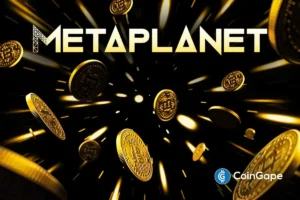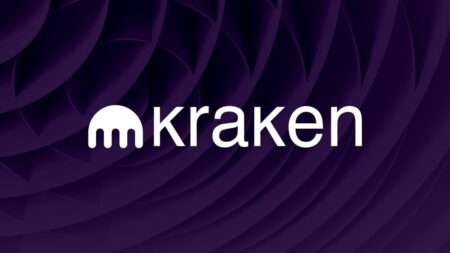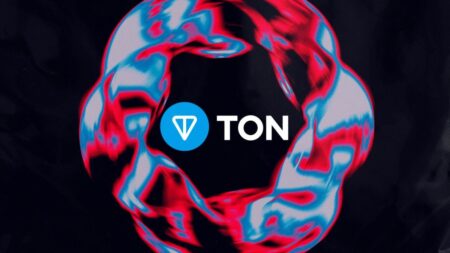The Future of XRP Ledger: Evolution, Staking, and Decentralized Finance
Introduction to RippleX and XRP’s Expanding Role
Recent discussions led by J. Ayo Akinyele, the Head of Engineering at RippleX, along with outgoing Ripple CTO David Schwartz, have illuminated the evolving landscape of XRP and its integration within decentralized finance (DeFi). RippleX is a pivotal division focused on developing tools and infrastructure for the XRP Ledger (XRPL), and their insights discuss not only the current utility of XRP but also potential future advancements. According to Akinyele, XRP’s role is diversifying—encompassing tokenized assets, real-time value transfers, and even the recent launch of a pure spot U.S. XRP ETF. This growth reflects XRP’s increasing acceptance in institutional markets.
The Need for New Incentive Models
The expanding functionality of XRP naturally raises questions about the incentives for participation within the XRPL ecosystem. Akinyele emphasized that introducing mechanisms such as native staking could provide significant advantages. Staking, widely used in other blockchain networks, aligns the interests of token holders and validators through financial rewards. While this model offers a more direct way for holders to engage in governance, it introduces additional complexities concerning fairness and distribution among participants. Ripple’s current fee structure, which consists of burning fees rather than redistributing them, would need to undergo significant re-evaluation to accommodate these potential changes.
The Stability of XRPL’s Proof of Association Model
Despite the appeal of new incentives, Akinyele highlighted the XRPL’s longstanding stability, attributed to its Proof of Association model, which has prioritized trust over financial incentives for more than a decade. This model emphasizes validator performance instead of their stake size, reinforcing XRPL’s reliability. He cited ongoing ecosystem experiments—such as those by Uphold, Flare, and MoreMarkets—as examples of how developers are innovating with staking-like frameworks without altering the core protocol. This adaptability showcases a community that is willing to explore new ideas while respecting the established integrity of XRPL.
David Schwartz’s Perspective on Governance and Consensus Models
With his pending departure from Ripple, David Schwartz shared his evolving views on governance models and consensus mechanisms during these discussions, suggesting it may be time for the XRP community to explore new designs. Schwartz believes that ongoing programmability initiatives and the rise of smart contracts make this an apt moment for considering the integration of native DeFi functionalities into XRPL. He proposed two innovative, albeit complex, ideas for modernizing XRPL’s governance. One suggestion involves a two-layer consensus model that could enhance validator diversity and expedite consensus processes without sacrificing throughput. The second idea aims to use transaction fees for funding zero-knowledge proofs, allowing nodes to verify smart contract execution without directly running the contracts themselves.
Addressing Concerns and the Complexity of New Models
While both ideas present intriguing technical possibilities, concerns related to incentive alignment, fee dynamics, and validator competition were raised within the community. Critics pointed out that these incentive structures could lead to tensions between validators and users over fees. Schwartz addressed these concerns by explaining that even under a two-layer model, outer validators would monitor inner validators without requiring staking, while slashing protections would help mitigate risks associated with double-signing. Nevertheless, both Akinyele and Schwartz conveyed caution about introducing complexity that might overshadow the potential performance benefits.
The Way Forward: Collective Community Input and Exploration
Both tech leaders stressed that the current discussions are exploratory rather than prescriptive, aiming to assess how emerging incentive models and programmability features could affect the XRPL’s long-term trajectory. As the ecosystem matures, Akinyele and Schwartz believe that these conversations will clarify which aspects of XRPL should remain unchanged and where innovative capabilities could be introduced. They welcome ongoing input from the community, believing that collaboration is essential for shaping the future of the XRPL within the broader realm of digital finance.
Conclusion
The ongoing dialogue surrounding XRP and XRPL signifies a critical juncture for Ripple and its stakeholders. By examining the implications of staking, new incentive models, and governance structures, RippleX and the community can work towards creating a more robust and adaptable ecosystem. As the DeFi landscape continues to evolve, the XRPL has the potential to not only maintain its core values of stability and trust but also embrace innovative solutions that enhance its usability and engagement across the blockchain sphere. With community collaboration as a focal point, the future of XRP appears poised for transformative growth and development.
















